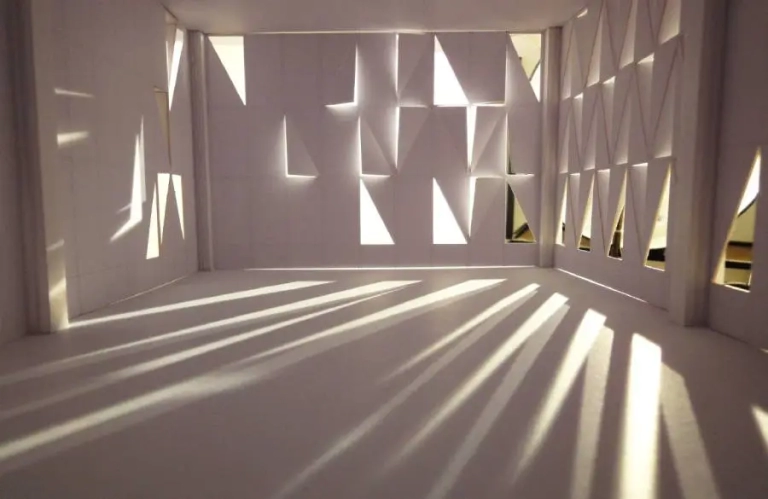Interior Design, Architecture, Residential, Residential Apartments
The Aesthetics of Natural Light in Modern Design dictates that natural light is an essential element of architectural design, and it has a significant impact on our physical and emotional well-being. Incorporating natural light into building design not only enhances the aesthetic appeal of the space but also promotes energy efficiency and sustainability. In this blog post, we will discuss the importance of natural light in design and how it can benefit both the occupants and the environment.
One of the most significant advantages of natural light is its positive impact on our health. Aside from helping us to get healthy doses of Vitamin D exposure to natural light has been shown to boost serotonin production, improve mood, reduce stress, and boost productivity. Additionally, natural light helps regulate our circadian rhythms, which are responsible for our sleep-wake cycles.
Energy efficiency
Natural light can help reduce energy consumption by minimizing the need for artificial lighting during the day. This can lead to significant cost savings on energy bills and reduce a building’s carbon footprint.
Sustainability
Sustainable lighting is lighting designed to use the least amount of energy and last the longest time possible without needing replacements. Using natural light in design is an eco-friendly approach that aligns with sustainable practices. Natural light is a renewable source of energy and reduces reliance on non-renewable resources. A small, but very effective way to improve sustainability is to switch off the lighting when it is not necessary.
Visual appeal
Natural light has a unique way of creating a visual appeal that cannot be replicated by artificial lighting. It enhances the colors and textures of the space, creating a warm and inviting atmosphere. Using natural light strategically is the best way to increase visual appeal of the building or home.
Space optimization
Natural light can also help optimize space utilization by reducing the need for partition walls and maximizing floor space. It can also create an illusion of depth and height, making a space feel more expansive than it is.
Improved indoor air quality
Natural light can help improve indoor air quality by reducing the buildup of mold and bacteria that thrive in dark, damp environments. We spend up to 90% of our time in office buildings, schools, and our homes. When Indoor Air Quality (IAQ) is poor, building occupants can experience building-related illnesses such as fatigue, irritation, and headaches.
Healthier plant growth
Natural light is essential for healthy plant growth. Incorporating natural light into building design can provide optimal growing conditions for plants, which not only enhances the aesthetic appeal of the space but also contributes to air quality and well-being. Additionally bathrooms and other damp spaces should also have ample daylighting as it serves as it kills bacteria and fungi naturally.
Better resale value
Incorporating natural light into building design can significantly increase the resale value of the property. Natural light is a desirable feature that homebuyers and commercial property buyers look for, and it can make a property stand out in a crowded market.
In conclusion, incorporating natural light into building design is a smart investment that benefits both the occupants and the environment. It has numerous health benefits, improves energy efficiency, and enhances the visual appeal of a space. By embracing natural light, architects and designers can create sustainable and healthy spaces that promote well-being and enhance our quality of life.
#NORAResidences #AvenirDevelopments #AvenirMeansFuture #Apartments #NaturalLightDesign #AestheticsOfLight #ModernDesign #LightingInspiration #LightingDesign #NaturalLighting #InteriorDesign #NaturalLightingSolutions #LightingInArchitecture #DaylightDesign #LightingEffects #LightingMagic #LightAndShadow #IlluminationDesign #LightingEnthusiast #LightingInnovation #DesignWithNaturalLight #LightingArtistry #LightingBeauty #LightingTransformation #LightingExperience #DesigningWithLight #LightingIdeas









